We recommend the Razer Book 13 to anyone who is looking to get a small compact laptop that offers great performance and adequate battery life for schoolwork, games, and occasionally heavier tasks like video editing.
- Brand: Razer
- Storage: 256 or 512GB
- CPU: Intel Core i7-1165G7
- Memory: 16GB
- Operating System: Windows 10 Home
- Battery: 55 WHr
- Ports: USB 3.1 Gen 1 (USB-A) x 1, Thunderbolt 4 (USB-C) + Power x 2, HDMI 2.0 x 1, MicroSD Slot x 1, 3.5mm Combo-Jack x 1
- Camera: 1MP / 720P
- Display (Size, Resolution): 13.4" Full HD or UHD
- Weight: 3.09 lbs
- GPU: Intel Iris Xe Graphics
- Gorgeous display
- Compact and sleek industrial design
- Excellent performance
- Good variety of ports
- Fantastic speaker system
- Keyboard is a little underwhelming compared to the competition
- Hard to open with one hand
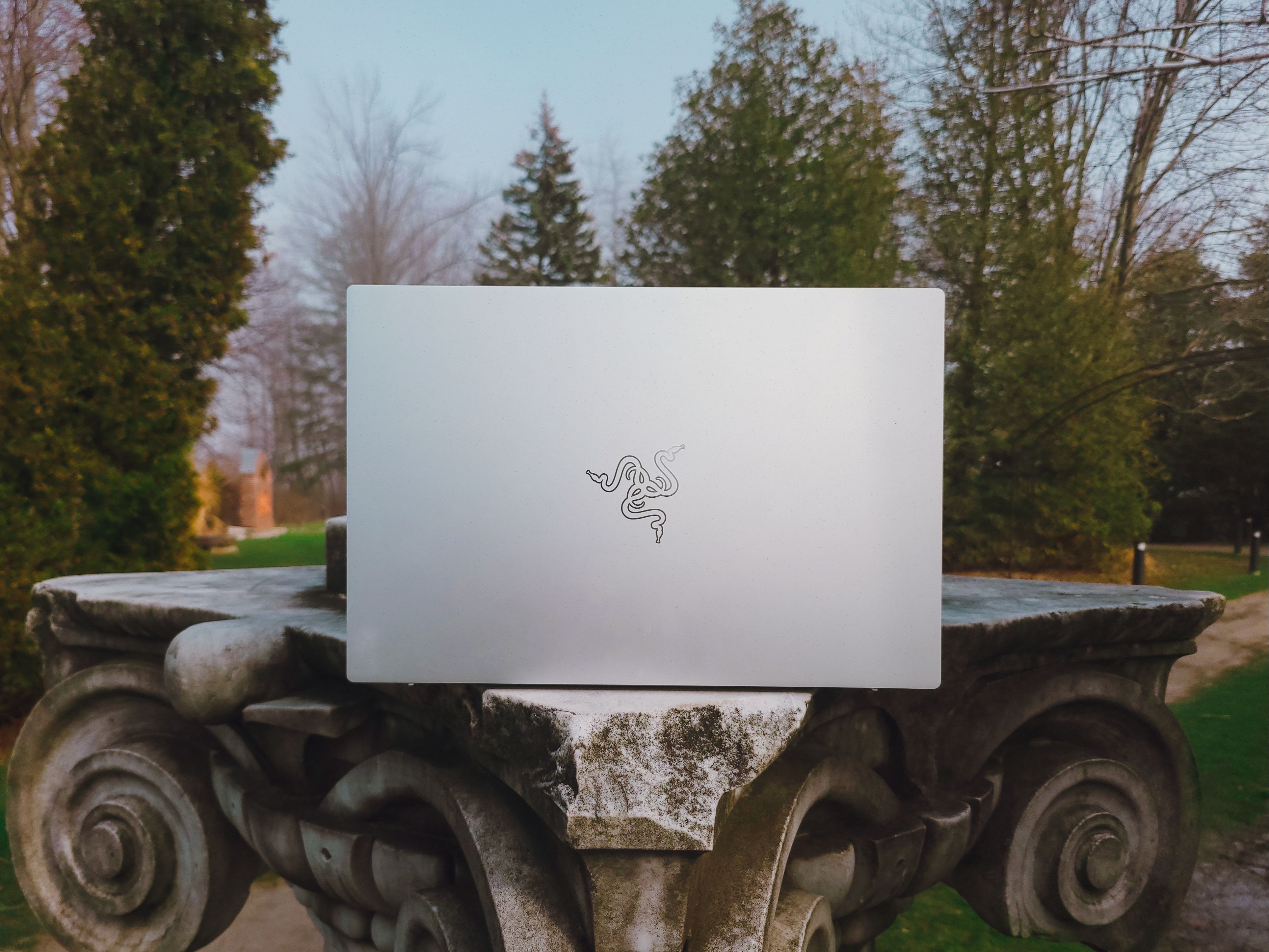
The Razer Book 13 is a refreshing take on the productivity laptop, but should you buy it?
The ultrabook market in 2021 is kind of stale, especially on the Windows side of things. With brands like Dell, Lenovo, and Microsoft releasing iterative updates to their laptop lines, it can be underwhelming to see the same designs over and over again. Enter Razer's new Book 13: a sleek, compact statement piece that packs in some serious power.

This is Razer's first productivity-focused laptop, and frankly, it's one of the best first attempts you're going to find. You're getting a modern design, a gorgeous display, and comfortable performance in a highly portable package.
Design
The Razer Book 13 is truly impressive from a design standpoint. The enclosure gives off an industrial look with flat edges all the way around. The laptop is a bit heavier than other productivity laptops, such as the Surface Laptop 4 13.5-inch, weighing in at around 3.09lbs, but you're going to get one of the most compact 13-inch computers on the market.

The front lip on the bottom edge of the laptop allows you to open it with one hand, but because it's magnetic, I found it to be cumbersome at times. That said, closing the screen makes a very satisfying snap.
Unlike other Razer laptops, this one comes in a silver colorway called Mercury; the finish is pleasantly paired with the color-matched Razer logo and white keyboard, but it gets dirty regularly. If you put this laptop into a bag or any storage compartment, you will see dark marks begin to form on the metal body. These marks are easily removable with a cloth, but it can be a hassle when you have to clean your laptop frequently.
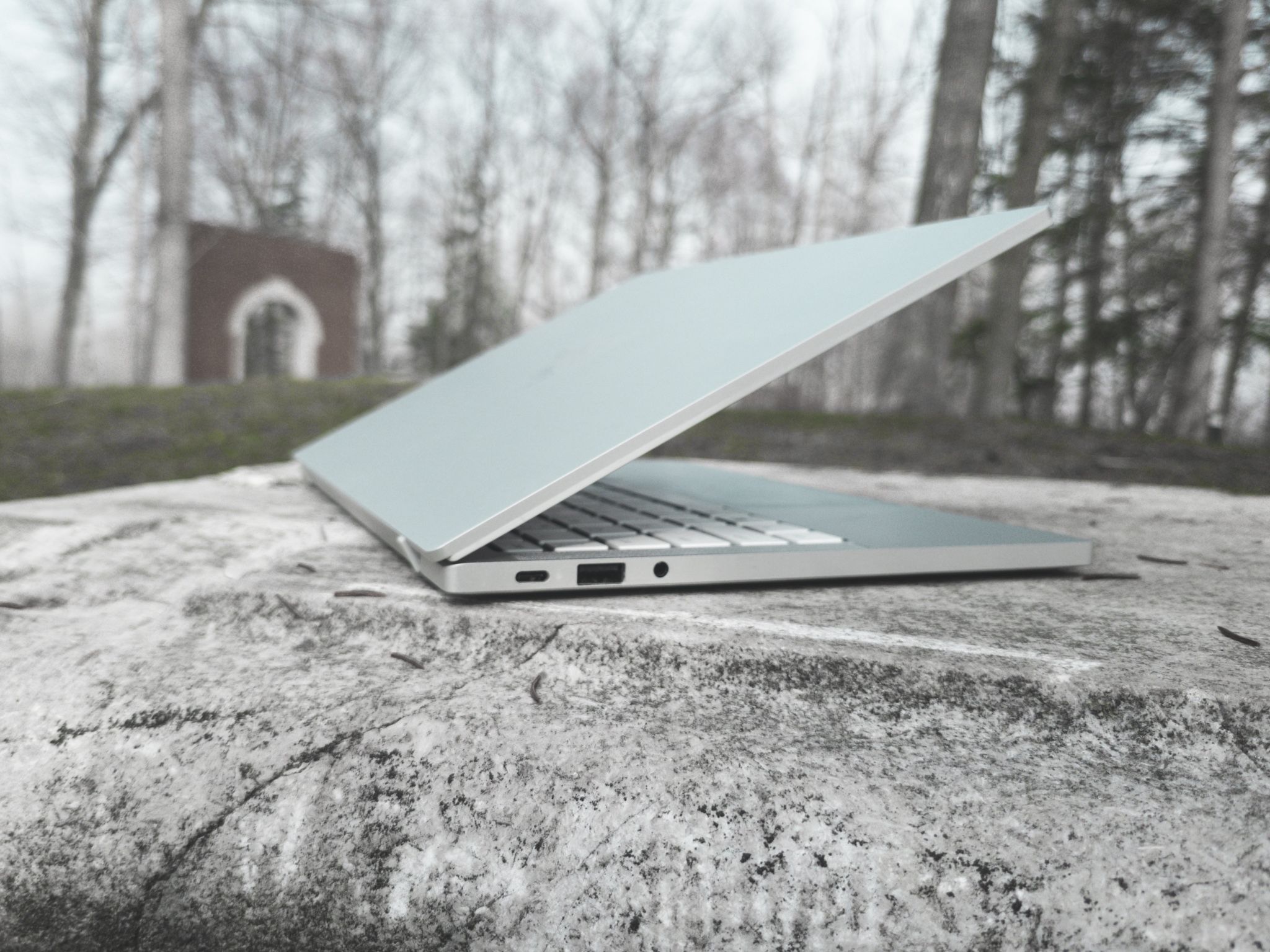
Display
The Razer Book 13 has one of the best-looking laptop displays, period. The spec I got for review is the Full HD variant with touch; Razer also offers the Full HD non-touch variant for cheaper, or you can opt for the top-of-the-line UHD model which also supports touch.
This screen is arguably one of the best aspects of this laptop, and it's nearly the perfect display for a productivity laptop of its class. It gets reasonably bright, and colors are vivid and mostly color-accurate. The bezels are very slim and minimal, making for a truly immersive experience for working, gaming, and streaming movies and videos.
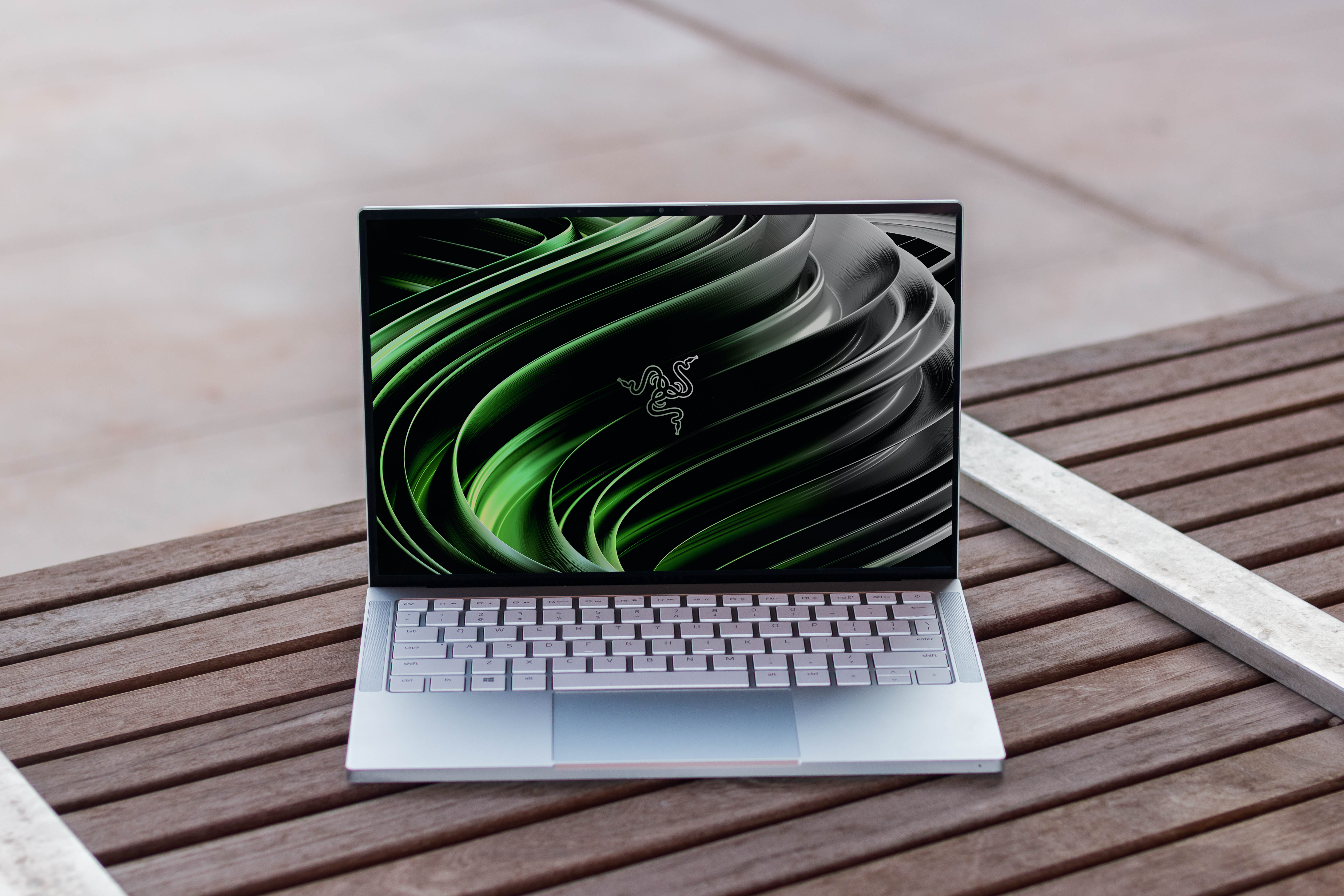
There's nothing to complain about here; this display is great. Some additions that would make this panel better would be changing the aspect ratio from 16:10 to 3:2. The 16:10 aspect ratio on the Razer Book 13 is better for productivity than its 16:9 gaming siblings, but opting for the taller 3:2 aspect ratio would be good to see. Another thing Razer could do is offer a higher refresh rate. The Razer Book 13 display is 60hz, but since Razer already offers 144hz panels for its Blade 13, a higher refresh rate on this laptop would set it apart against other productivity laptops.
The Keyboard: RGB isn't Enough
So far, we've raved about the superb design of the Razer Book 13, but this gets overshadowed by the laptop's suboptimal typing experience. Compared to other productivity laptops like the Surface Laptop 4, the Razer Book 13's typing experience is disappointing.
This keyboard feels mushy and cramped compared to its competition. It's far too shallow, and in my time testing, I never got used to it. I always ended up missing letters, and when typing fast, the stiffness of the keys meant you couldn't recognize when a key was being pressed.
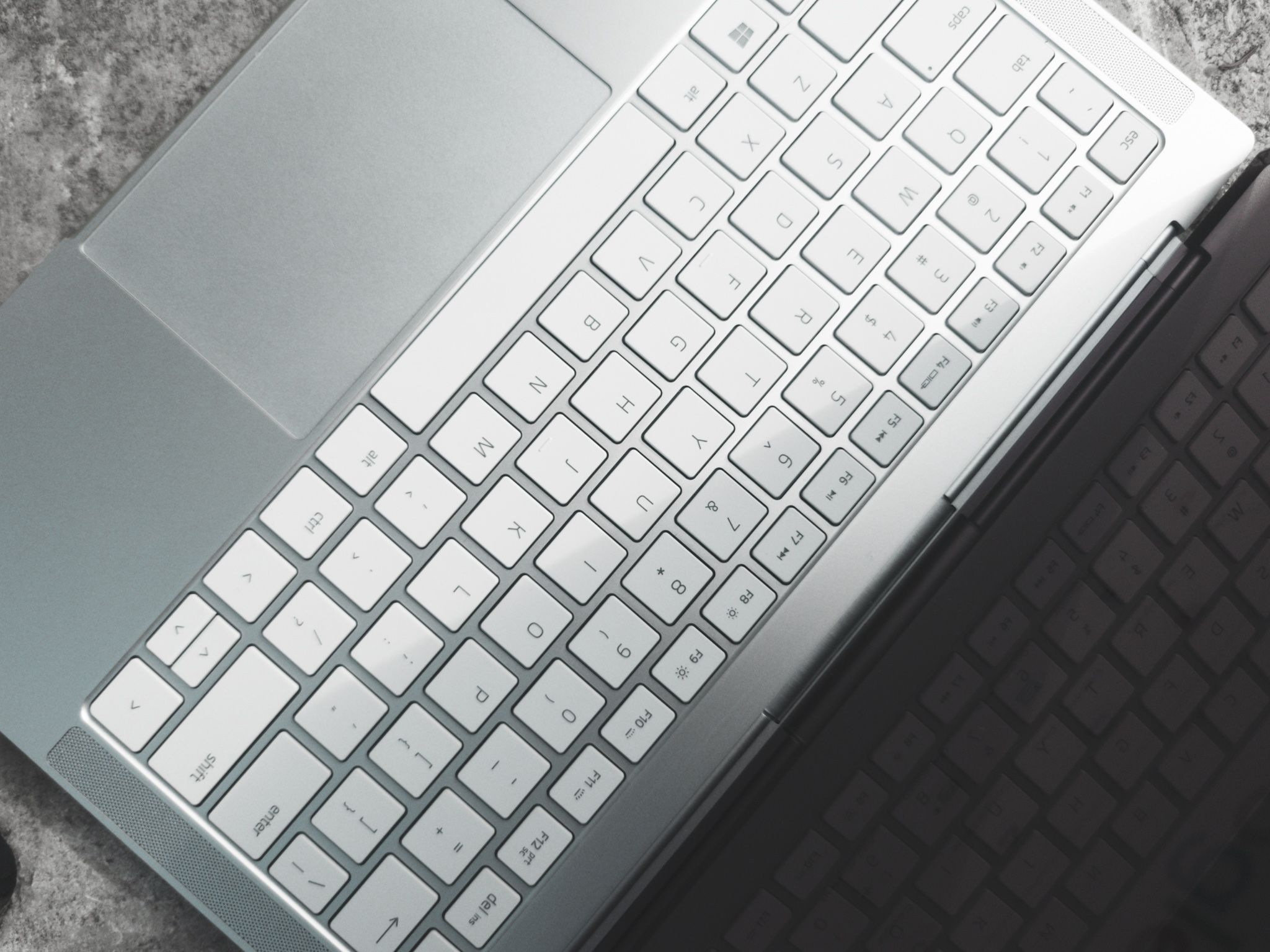
In typical Razer fashion, this keyboard does support Razer Chroma RGB, and the laptop comes with Razer Chroma Studio preinstalled to allow you to customize the lighting effects on it. Razer also says the keyboard has Anti-Ghosting, which supposedly allows it to pick up on multiple inputs from keys at once. However, this isn't effective when you end up missing keys because of the keyboard's mushiness. The trackpad on this laptop is glass and supports Microsoft Precision drivers on par with other premium productivity ultrabooks.
Overall the keyboard is by far the weakest feature of this otherwise great laptop.
Specifications and Performance
The Razer Book 13 comes equipped with Intel's 11th gen i7 EVO processor, which features Intel Iris Xe Graphics. You can get this laptop with 16GB of RAM and either 256 or 512GB of storage. The base model Razer Book 13 is sold exclusively on Razer's site, and it brings the price down to $1200 by using the 11th gen i5, 8GB of RAM, and 256GB of storage.
The variant we have for review is the mid-tier i7 with 16GB of RAM and 256GB of storage, and this is the configuration we recommend for most people as the i7 performs considerably well.
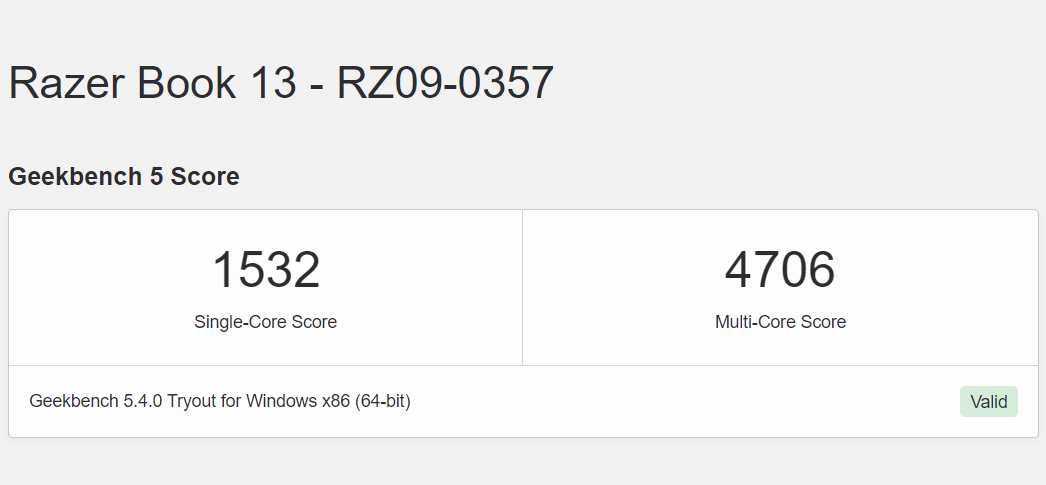
This laptop is powerful; during testing, it could easily handle a 4K Premiere Pro timeline at full resolution without dropping any frames. This laptop can run graphic-intensive games at medium to high settings for gaming but don't expect crazy framerates.
Compared to Razer's gaming lineup, you're getting a weaker U-series chipset than the H-series found on the Razer Blades, and you're using integrated graphics compared to GeForce 30 series graphics on the Blades. All this boils down to allowing the Razer Book 13 to be compact and power-efficient compared to its more gaming-centric siblings.
The thermal design on the Razer Book 3 is great for a laptop of this form factor as it's mostly silent and stays relatively cool during heavy workloads.
Overall, you're getting superb performance on a laptop that's as small and compact as the Razer Book 13.
Battery Life
The battery life on this laptop follows suit with most other productivity laptops; on average, you can expect 7-8 hours of screen-on-time with moderate usage. In my testing, heavier workloads within programs like Premiere Pro meant you're going to get just under 6 hours of use before needing to plug in.
Keep in mind that the model tested in this review is the Full HD variant, so if you opt for the higher resolution 4K version, your battery life will most likely decrease.
The laptop charges via USB-C, and the included power brick supports 65W charging. The charger for the Razer Book 13 is quite nice since the brick is small and compact, and the cable is very nicely braided.
Key Features
The port selection on the Razer Book 13 is excellent. You'll find two USB-C ports with Thunderbolt 4, a USB-A 3.1 port, a full HDMI port, a MicroSD card slot, and a headphone jack. This is great for productivity since you'll be able to utilize a diverse selection of ports without having to ditch out any extra money for dongles or docks.
The USB-C ports both support power, allowing you to plug in the laptop from both the right and left sides, making it super convenient for charging.
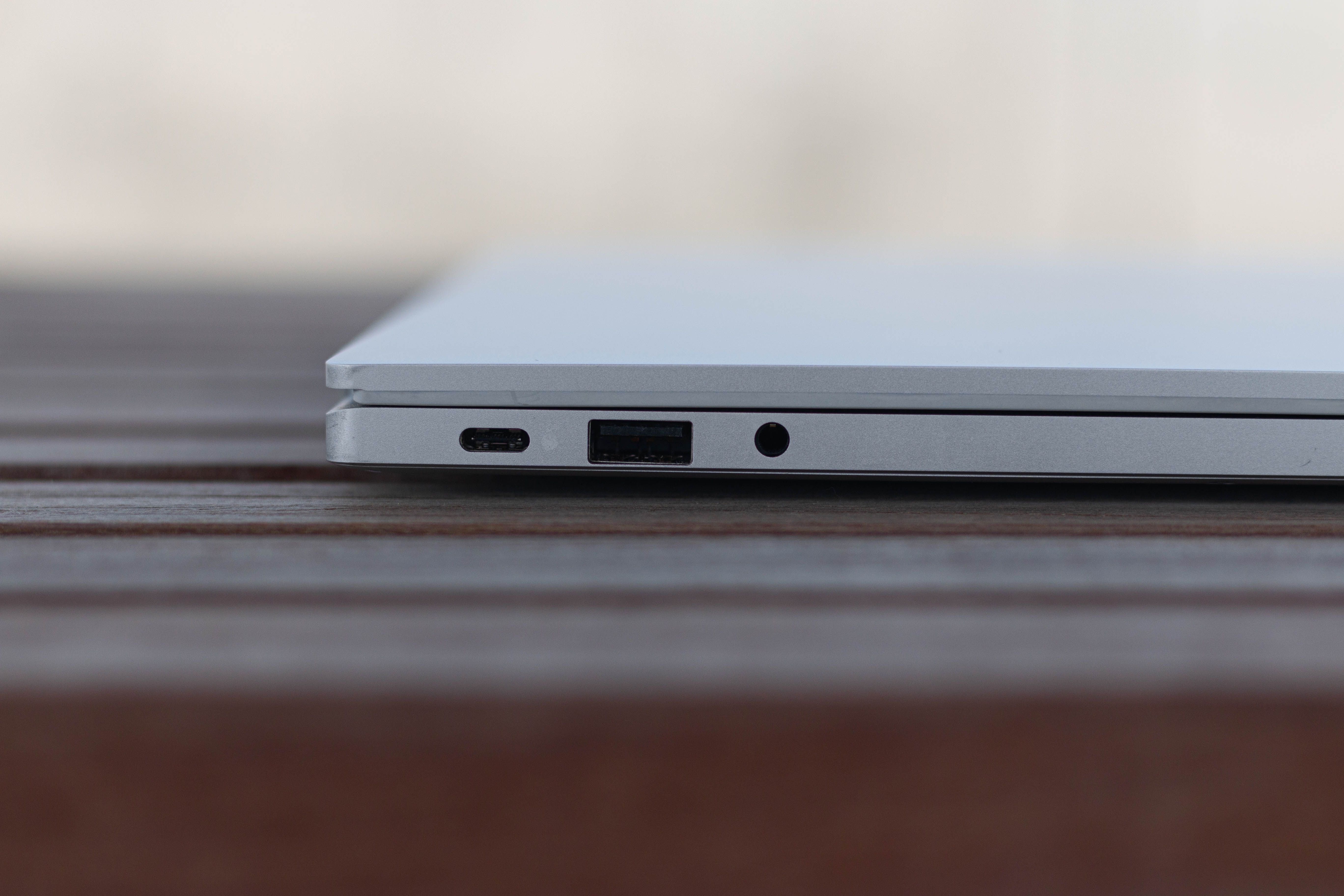
The Thunderbolt 4 supports 40Gbps of high bandwidth, so you can easily plug your laptop into a dedicated monitor or eGPU to maximize speed and performance. The versatility of Razer's port selection is great to see in a compact laptop like Book 13.
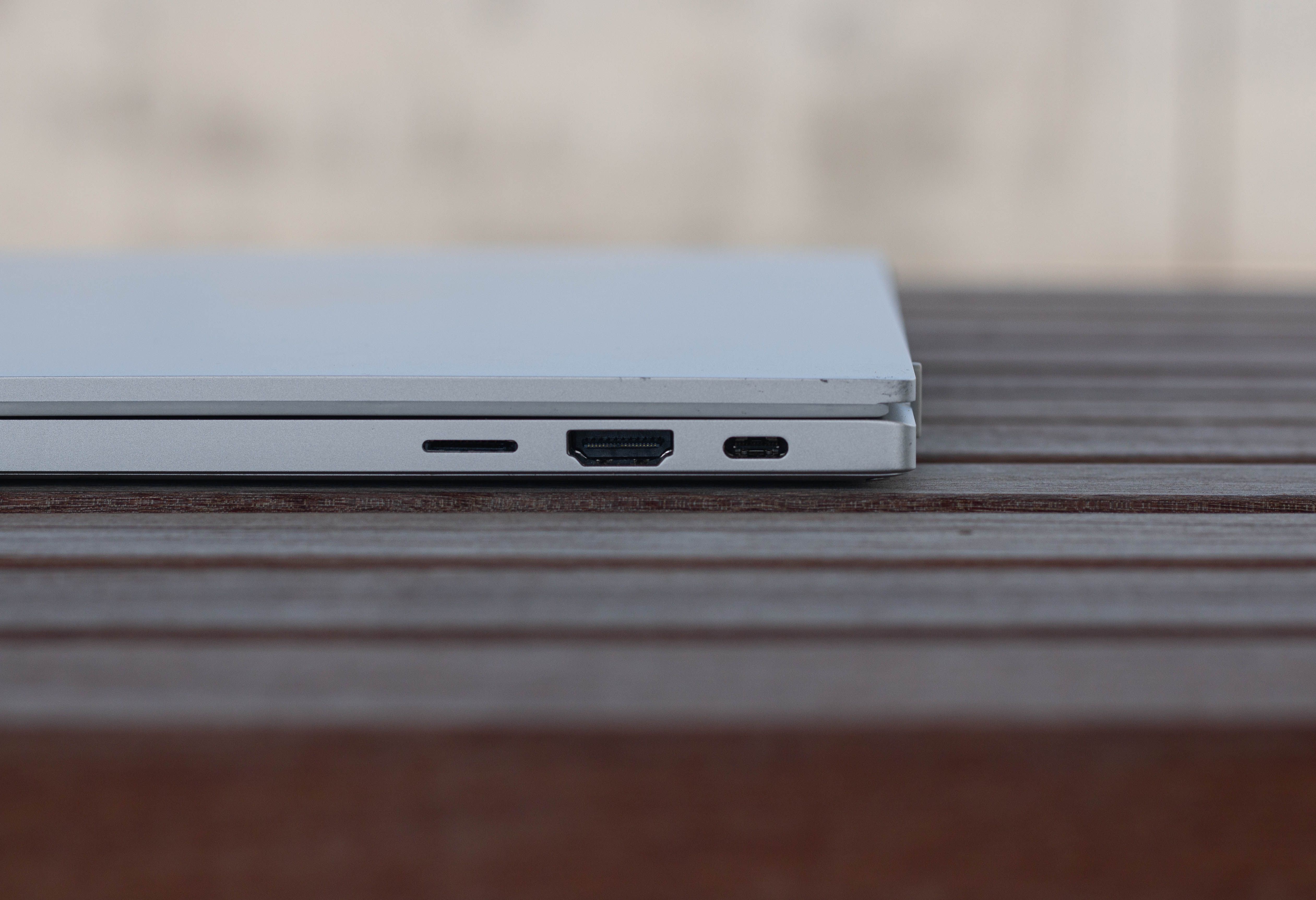
The Razer Book 13 comes equipped with a 1MP 720p camera paired with a 4-mic array. The mic input on this laptop is decent, but the camera is nothing special; it's considerably noisy and unappealing. The laptop also comes equipped with Windows Hello facial recognition, and this allows you to log into your device with little to no hassle.
For the speakers, Razer opted for a dual pair of upward-firing speakers, and for the most part, they are crisp and clear, but it's nothing too extraordinary. You will still experience distortion at higher volumes. The laptop supports spatial audio, but it's not that effective in this type of form factor.
Repairability
The Razer Book 13 follows suit with most ultraportable within its class when it comes to repairability. You can upgrade the SSD, which is great to see as you can get more storage compared to Razer's offering of only 256 or 512GB. The RAM, however, is soldered on, so if you opt for the 8GB variants, you won't be able to upgrade it. The laptop is accessible through the bottom using a T5 Torx screwdriver.
The Razer Book 13's non-upgradeable RAM isn't a dealbreaker, but it does mean you will have to ditch out $1600 for more RAM; the highest configuration of RAM you can opt for is 16GB.
Who is the Razer Book 13 For?
Overall, the Razer Book 13 is an exceptional productivity laptop. You're getting a sleek industrial design, great performance, a stunning screen, and decent battery life. The port selection is diverse, and you can easily conquer tasks with ease on an ultraportable form factor.
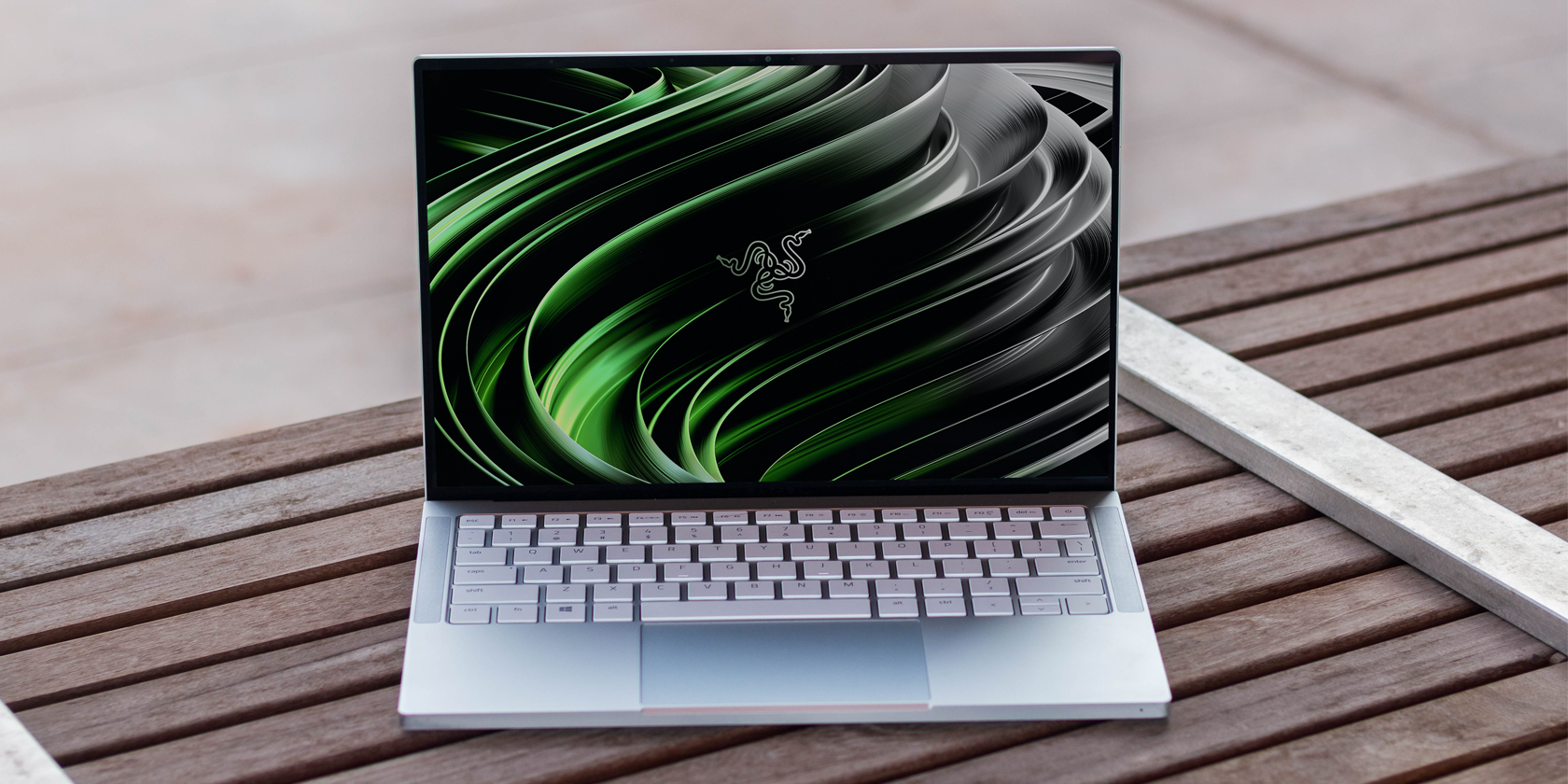
That said, the keyboard remains to be the only major weak point on this laptop with its shallow key-travel and mushiness. If you're a heavy typist, you should consider picking up an external keyboard to go along with your Razer Book 13 purchase.
We recommend the Razer Book 13 to anyone who is looking to get a small compact laptop that offers great performance and adequate battery life for schoolwork, games, and occasionally heavier tasks like video editing.
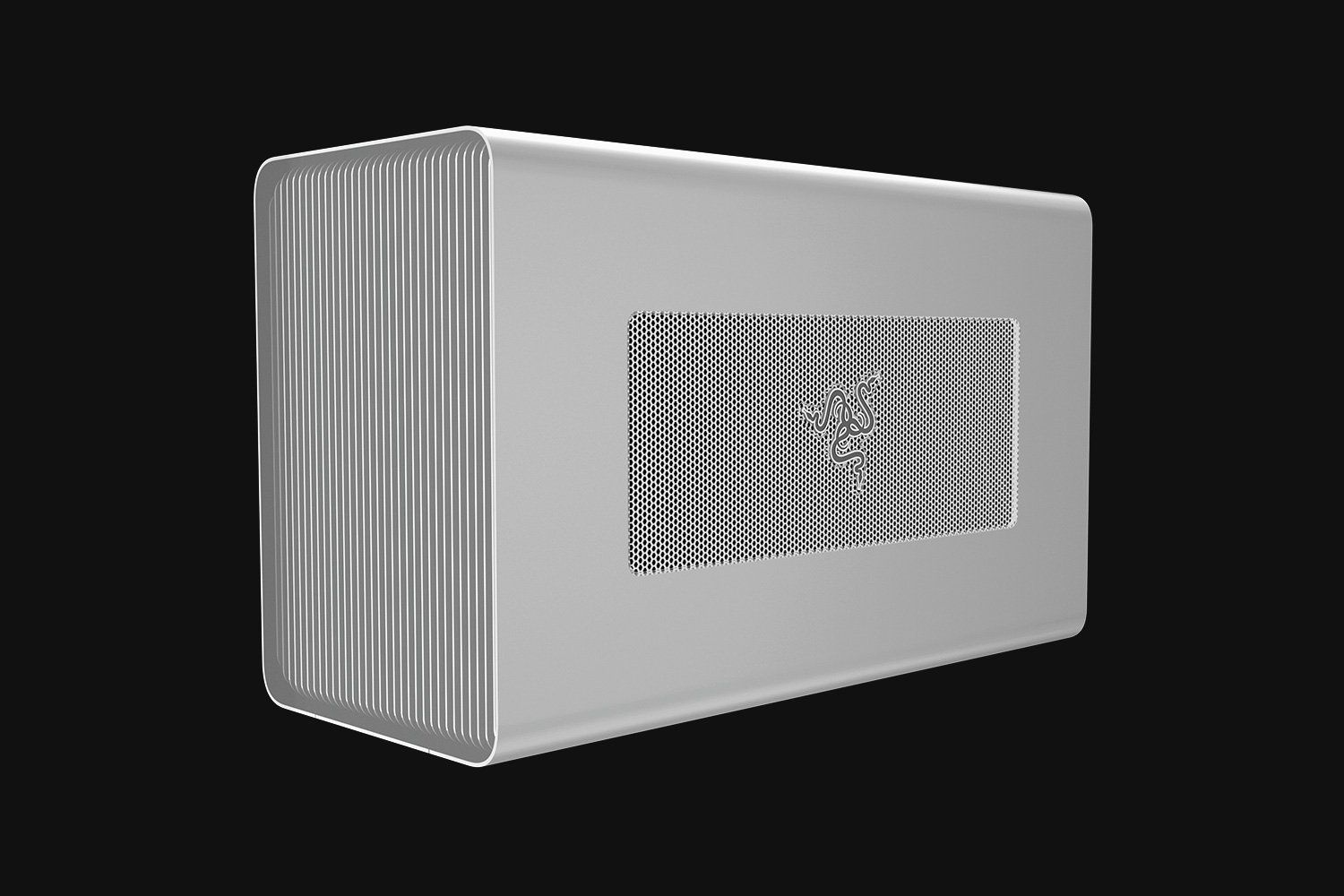
0 Comments